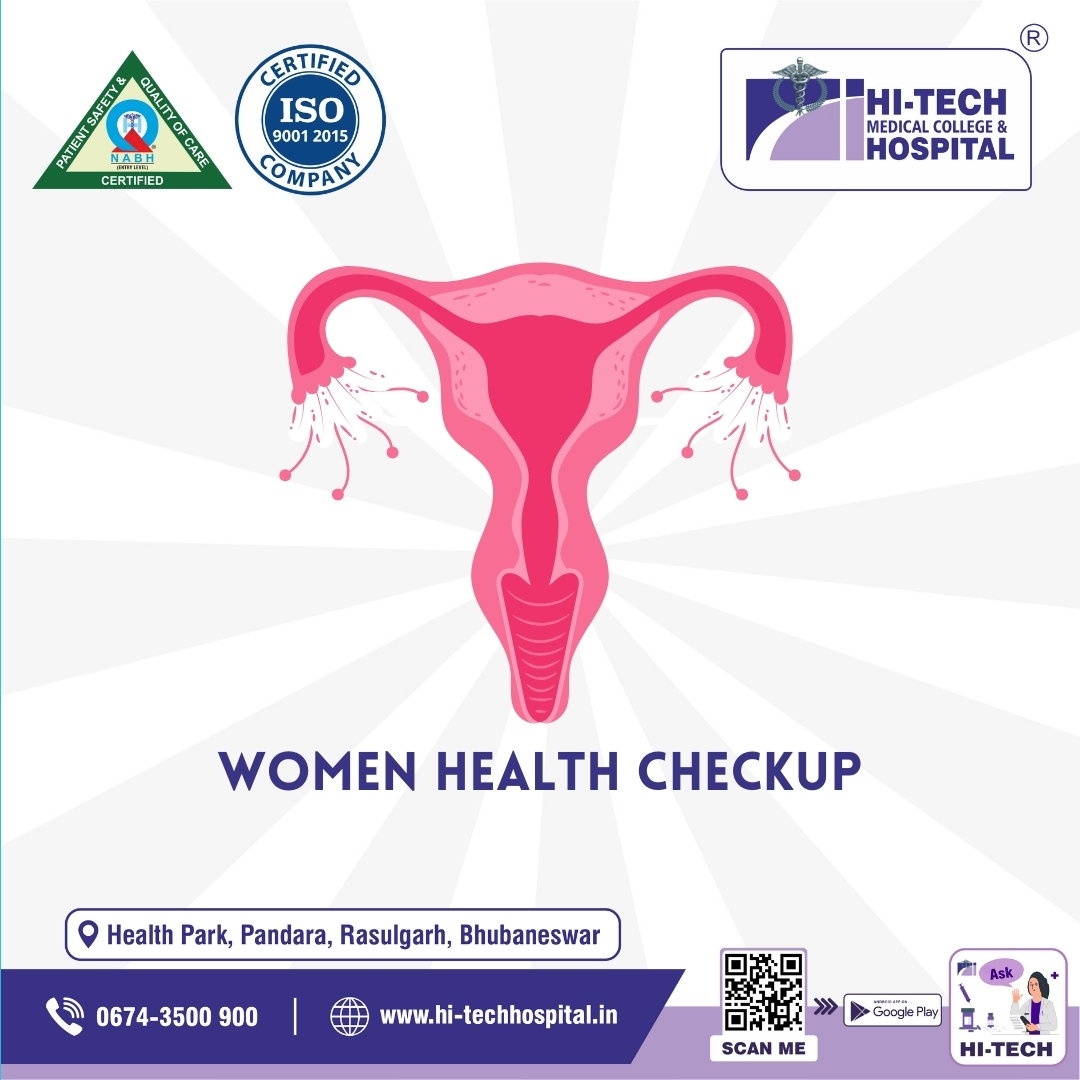When it comes to women’s health, staying informed is one of the best forms of self-care. From irregular periods to persistent pelvic pain, gynecology problems can impact daily life more than we often admit. The good news? Most gynecology-related problems are manageable when caught early. In this guide, we break down the most common gynecology problems, what causes them, the symptoms to watch for, and how they’re usually treated—so you can feel empowered to take control of your health.
What Is a Gynecological Disorder?
A gynecological disorder refers to any health issue affecting the female reproductive system—including the uterus, ovaries, cervix, vagina, or breasts. These problems can range from mild discomfort to serious medical conditions and often show up through symptoms like pain, bleeding, or changes in menstrual cycles. Recognizing the gynecology problems symptoms early can help prevent complications and lead to faster recovery.
10 Most Common Gynecological Problems
Here’s a detailed yet simple breakdown of the most common gynecology problems faced by women, along with what causes them, how they show up, and how they’re usually treated.
1. Menstrual Disorders
Common causes: Hormonal imbalances, stress, thyroid issues, excessive exercise, or conditions like PCOS can all lead to irregular or painful periods.
Signs and symptoms: Missed periods, unusually heavy or prolonged bleeding, severe cramps, or spotting between cycles.
Treatment *: It may include hormone therapy, birth control pills, iron supplements for heavy bleeding, or addressing the underlying condition.
2. Polycystic Ovary Syndrome (PCOS)
Common causes: Often caused by insulin resistance and excess androgen hormones. Genetics and lifestyle factors may also play a role.
Signs and symptoms: Irregular periods, acne, weight gain, excessive facial/body hair, and multiple ovarian cysts.
Treatment *: Managed through a healthy diet, exercise, hormonal birth control, or medications like metformin to regulate insulin levels.
3. Endometriosis
Common causes: The exact cause isn’t clear, but possible factors include retrograde menstruation, immune system issues, and genetics.
Signs and symptoms: Severe menstrual cramps, chronic pelvic pain, pain during intercourse, and difficulty getting pregnant.
Treatment *: Pain relief with NSAIDs, hormonal treatments to slow endometrial growth, or laparoscopic surgery for more serious cases.
4. Uterine Fibroids
Common causes: Linked to estrogen and progesterone levels, family history, and obesity.
Signs and symptoms: Heavy or prolonged periods, pelvic pressure, frequent urination, or lower back pain.
Treatment *: Options include medication to shrink fibroids, non-invasive procedures like uterine artery embolization, or surgery such as myomectomy.
5. Vaginitis
Common causes: Infections (bacterial, yeast, or trichomoniasis), irritants like scented products, or hormonal changes during menopause.
Signs and symptoms: Vaginal itching, burning, unusual discharge, foul odor, and pain during urination or sex.
Treatment *: Treated with antifungal or antibiotic medication depending on the cause. Avoiding irritants and maintaining hygiene also helps.
6. Pelvic Inflammatory Disease (PID)
Common causes: Usually caused by sexually transmitted infections like chlamydia or gonorrhea, or by poor hygiene or untreated infections.
Signs and symptoms: Lower abdominal pain, fever, abnormal vaginal discharge, and pain during intercourse.
Treatment *: Typically treated with a course of antibiotics. In severe cases, hospitalization or surgery may be needed.
7. Ovarian Cysts
Common causes: Hormonal changes during the menstrual cycle, PCOS, or endometriosis can cause cysts to develop on the ovaries.
Signs and symptoms: Pelvic pain, bloating, pressure, and irregular periods. In some cases, no symptoms at all.
Treatment *: Most resolve on their own, but persistent or painful cysts may need birth control pills or surgical removal.
8. Cervical Dysplasia
Common causes: Mostly caused by persistent infection with high-risk strains of the human papillomavirus (HPV).
Signs and symptoms: Often symptomless and detected through routine Pap smears. In advanced cases, it may cause abnormal vaginal bleeding.
Treatment *: Mild cases may only need monitoring. More severe cases are treated with procedures like LEEP or cryotherapy to remove abnormal cells.
9. Urinary Tract Infections (UTIs)
Common causes: Bacteria entering the urethra due to sexual activity, poor hygiene, or holding in urine for long periods.
Signs and symptoms: Burning sensation during urination, frequent urge to urinate, cloudy urine, and lower abdominal pain.
Treatment *: Treated with antibiotics. Drinking plenty of water and practicing good hygiene can help prevent recurrence.
10. Menopause and Perimenopause Symptoms
Common causes: A natural decline in reproductive hormones like estrogen and progesterone as women age.
Signs and symptoms: Hot flashes, mood swings, vaginal dryness, night sweats, and irregular or skipped periods.
Treatment *: Managed with hormone replacement therapy (HRT), lifestyle changes, and topical treatments for vaginal dryness.
When to See a Gynecologist

If you’re noticing unusual bleeding, persistent pelvic pain, or other ongoing symptoms, don’t wait. See a gynecologist if you experience:
- Irregular or missed periods
- Pain during sex or urination
- Abnormal discharge or odor
- Severe cramps or pelvic discomfort
Regular checkups are just as important as addressing symptoms. They help catch potential issues early and keep your reproductive health in check.
Taking care of your body starts with awareness. If you recognize any of these gynecology problems symptoms, reach out to a healthcare professional. Early diagnosis and the right treatment plan can make all the difference.
**Health Advisory:**
This content is for informational purposes only and is not a substitute for professional medical advice, diagnosis, or treatment. Please consult a licensed healthcare provider or doctor before making any health-related decisions or starting any treatment.

